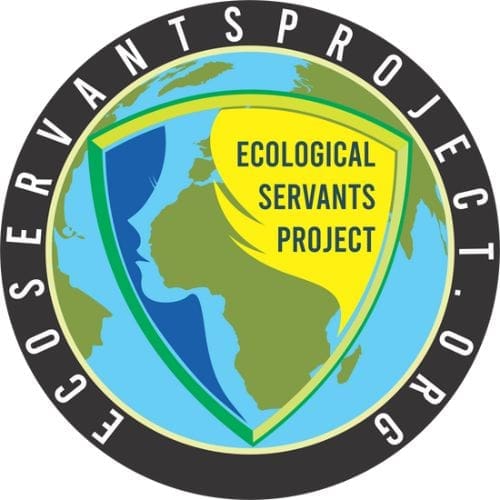In the vast, arid landscapes where rain seldom falls and vegetation seems sparse, the principles of permaculture offer a beacon of hope for sustainable living and ecological restoration. Desert permaculture, a nuanced application of permaculture principles tailored to the challenges of desert environments, shows how even the most barren landscapes can be transformed into productive, thriving ecosystems.
Understanding Desert Permaculture
Permaculture is a design philosophy that encompasses agricultural and social design principles centered around simulating or directly utilizing the patterns and features observed in natural ecosystems. In deserts, where water is the most limiting factor, permaculture adopts strategies that prioritize water conservation, soil health, and the creation of microclimates that increase biodiversity and productivity.
Key Principles of Desert Permaculture
Water Management: Effective water management is the cornerstone of desert permaculture. Techniques like rainwater harvesting, greywater reuse, and the creation of swales (shallow trenches that capture and redirect rainwater) are vital. These methods ensure that every drop of water is captured, stored, and used efficiently, reducing the need for external water sources.
Soil Building: Desert soils are often sandy and lack organic matter, which can lead to poor water retention and nutrient deficiencies. Incorporating organic matter such as compost, biochar, and mulch helps improve soil structure, enhances water retention, and provides nutrients to plant roots. Permaculture practices also emphasize the importance of soil cover, using groundcovers and mulches to protect the soil from erosion and evaporation.
Utilizing Keystone Species: Species like Prosopis (mesquite), which are native to many arid regions, play a crucial role in soil building. These plants are nitrogen-fixers, enriching the soil by converting atmospheric nitrogen into forms that other plants can readily use. Their deep root systems break up compact soil and improve its aeration and structure, making them invaluable in permaculture designs for desert environments.
Microclimate Creation: By strategically planting trees and shrubs, permaculturists can create microclimates that reduce temperature extremes, block wind, and increase humidity. These microclimates make it possible for more sensitive plants to thrive and provide habitat for a diverse range of organisms.
Plant Selection: Choosing the right plants is crucial in desert permaculture. Native plants that are adapted to the local environment require less water and maintenance. Additionally, integrating plants with various root depths and types can efficiently use soil nutrients and water, while perennial plants provide stability and structure to the ecosystem.
Integrated Animal Systems: Animals play a significant role in a sustainable permaculture system by providing manure for compost, controlling pests, and helping to aerate the soil. In desert settings, small-scale or rotational grazing can be incorporated with species that are adapted to arid conditions.
Benefits of Desert Permaculture
The implementation of desert permaculture not only promotes biodiversity and ecosystem health but also offers substantial benefits for local communities. These include increased food security through the production of a diverse range of edible and medicinal plants, improved soil fertility, and the creation of green spaces that enhance the local microclimate and provide a buffer against desertification.
Moreover, desert permaculture projects can serve as educational platforms and inspirational models for sustainable living and ecological stewardship. Projects like the greening of desert areas in Egypt and permaculture farms in the Southwestern United States demonstrate the transformative potential of applying permaculture principles in arid regions.
Implementing Desert Permaculture
Starting a desert permaculture project requires careful planning and consideration of the local environment. It often begins with detailed observation and interaction, followed by slow and small solutions that integrate rather than dominate the natural landscape. The use of contour lines to map water flow, the selection of appropriate plant species, and the integration of both flora and fauna are all considered in the initial design.
Desert permaculture offers a sustainable pathway for managing arid landscapes, proving that with thoughtful design and respect for nature’s inherent patterns, even the most challenging environments can be nurtured back to life. As the world faces increasing environmental challenges, the principles of desert permaculture can guide us toward more resilient and sustainable living practices, making the deserts bloom once more.
